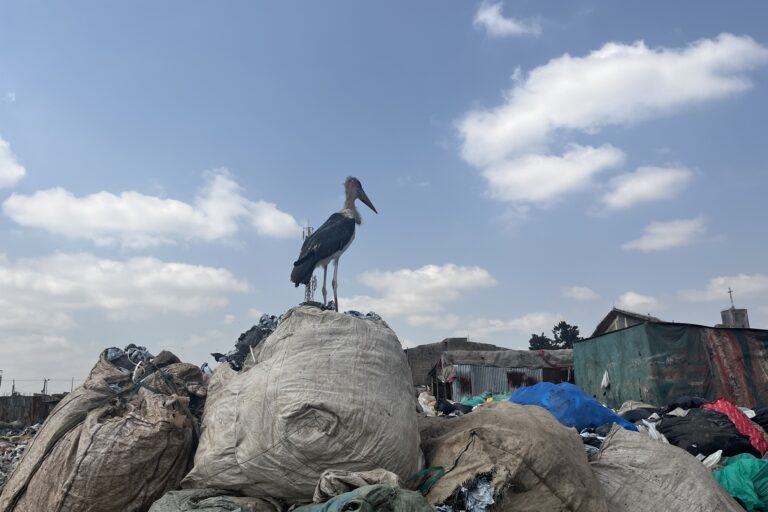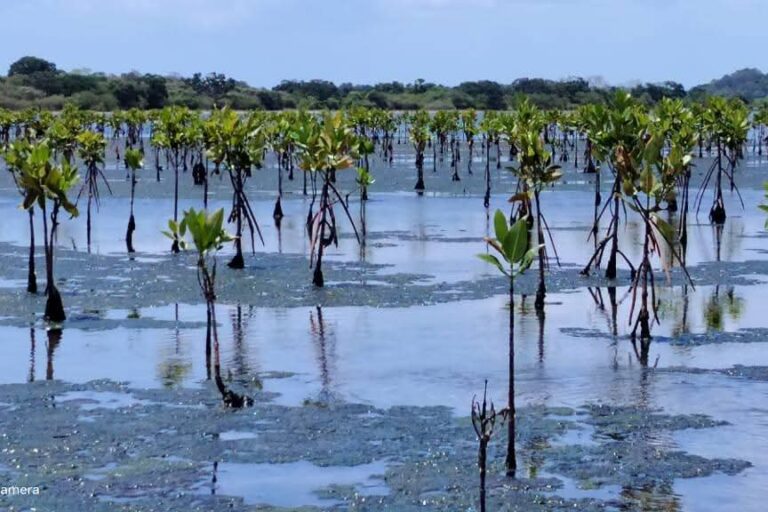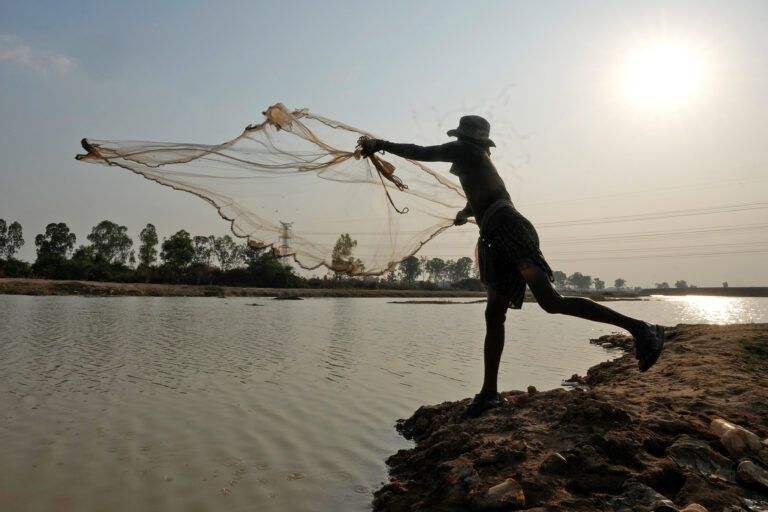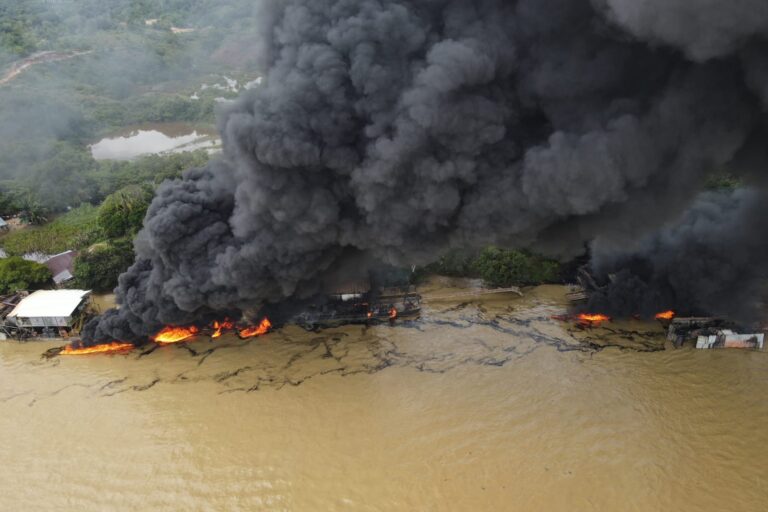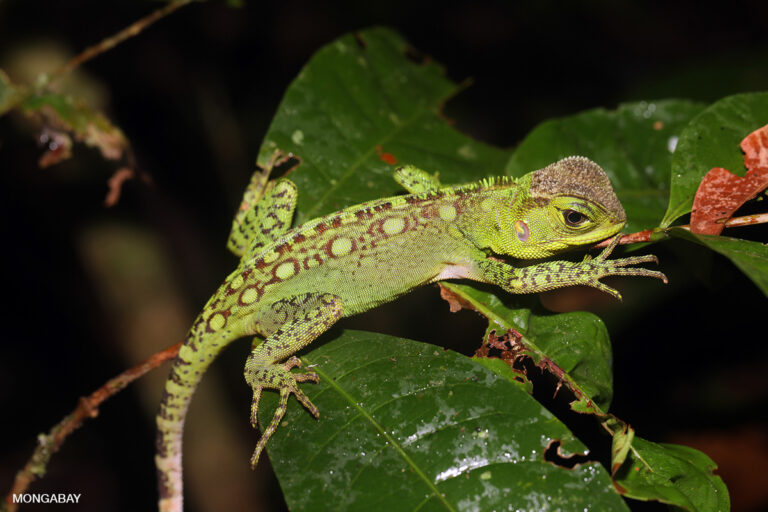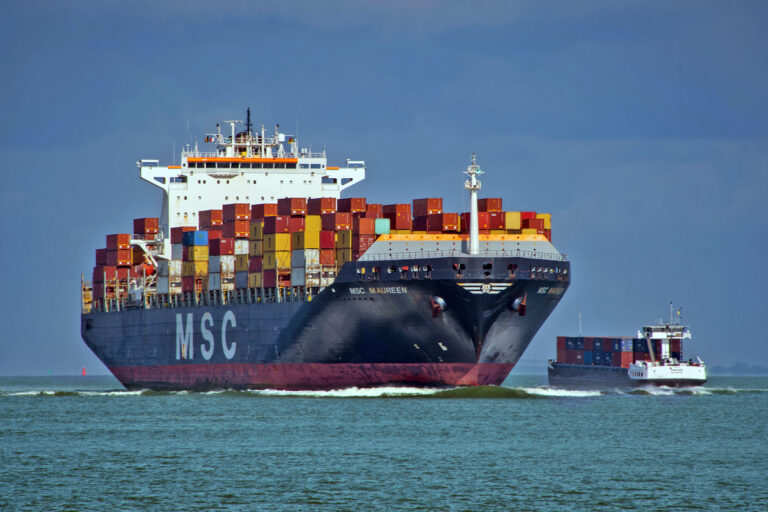Brazil’s largest Indigenous organization has launched the country’s first Native-led strategy to cut greenhouse gas emissions, ahead of International Day of the World’s Indigenous Peoples on Aug. 9.
The idea is for the plan to be incorporated into the Brazilian government’s own emissions reduction plan, the Nationally Determined Contribution (NDC), which the country updates and submits every five year as part of its obligations as a party to the 2015 Paris climate agreement.
The Indigenous NDC was drawn up by the Articulation of Indigenous Peoples of Brazil (APIB), representing Indigenous peoples and organizations from across the country. APIB’s NDC contains 36 demands for inclusion into the Brazilian NDC and National Climate Plan, which set out targets and pathways for cutting emissions and adapting to climate change impacts.
“This document is important because it outlines to Brazilian and international authorities the goals we hope the Brazilian government will adopt, attaching the Indigenous NDC to the Brazilian NDC before COP30 [the 2025 U.N. climate conference],” APIB executive coordinator Dinamam Tuxá told Mongabay by text message. “Furthermore, this document becomes a reference for Indigenous advocacy on the climate agenda, both for our grassroots [movements] and for Indigenous movements in other countries.”
The Indigenous NDC features six themes central to the climate agenda, from mitigation and adaptation to climate change impacts, to climate finance and a just energy transition. The main demand is the demarcation and protection of Indigenous territories.
According to Funai, Brazil’s federal agency for Indigenous affairs, there are 794 Indigenous lands registered across the country. More than 270 are awaiting demarcation, the Indigenous NDC document says. It adds the Brazilian NDC should come with specific, quantifiable and monitorable goals, such as that all Indigenous territories awaiting demarcation be ratified within five years.
“The data is very clear: if most of Brazil’s emissions come from deforestation, and if our territories are barriers to deforestation, it is clear that demarcating and protecting Indigenous territories should be at the center of Brazilian climate policy,” Tuxá said. “The Brazilian NDC mentions Indigenous territories, but in very general terms.”
Other demands in the Indigenous NDC include measures to enforce bans on extractive activities such as mining and oil production in Indigenous territories, and to ensure direct channeling of climate finance to Indigenous organizations, funds and other mechanisms managed by Indigenous peoples.
APIB first announced its decision to launch an Indigenous NDC on April 10 at the Free Land Camp, the country’s largest annual national mobilization of Indigenous peoples. At the event in Brasília, the minister for Indigenous peoples, Sonia Guajajara, told participants that COP30, which will take place in the Amazonian city of Belém in November, aims to “show the role of Indigenous territories as the main part of the fight against the climate crisis.”
Banner image: Indigenous participants at the Free Land Camp on April 10, where they discuss rights, territorial protection, and their role in COP30. Image by AP Photo/Eraldo Peres.







